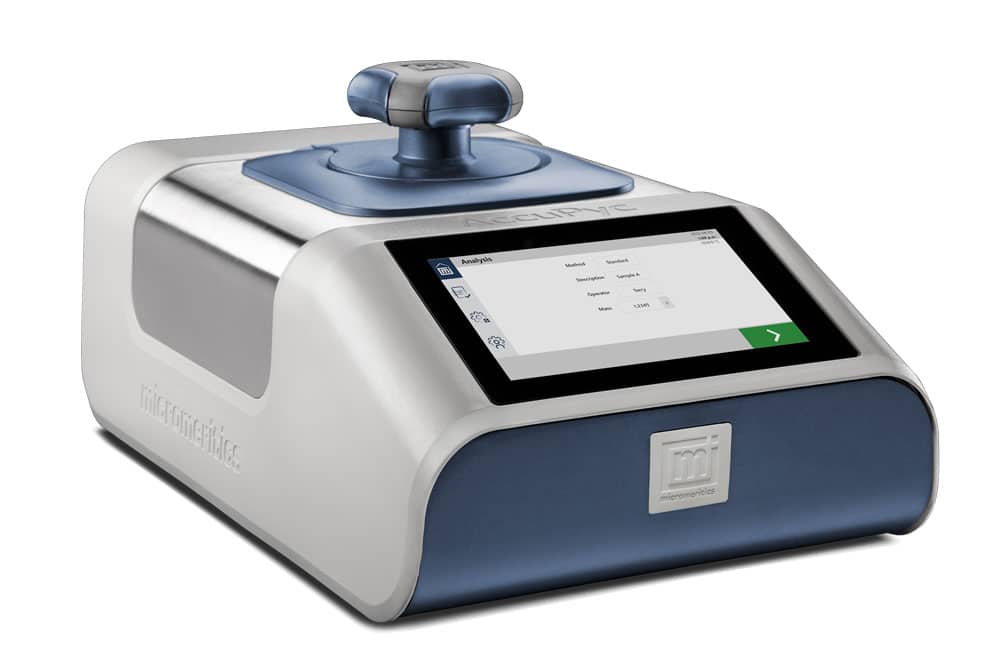The Honourable Dame Quentin Bryce AD CVO, Hon DUniv (Griffith), patron of The Perry Cross Spinal Research Foundation together with the Spinal Injury Project team unveiled the Phasefocus Livecyte microscope and plaque at the Griffith Institute for Drug Discovery, in a celebration of cutting-edge research and technological innovation.
The microscope represents a significant advancement in scientific instrumentation and is set to revolutionise the Spinal Injury Project undertaken by the Clem Jones Centre for Neurobiology and Stem Cell Research at Griffith University.
It will enable the research team to perform critical cell analysis and screening procedures, a crucial step toward the cell transplantation and rehabilitation human clinical trials commencing shortly.
The clinical trial aims to test cell transplantation therapy to repair spinal cord injury, ultimately leading to the restoration of function.
Professor James St John said the advanced microscope is new to the market and offers the capability to track the fate of each cell through high-resolution live cell imaging.
“Livecyte allows for the identification of any cells exhibiting abnormalities or likely to cause complications such as tumour formation. By screening the cells that are prepared for the patient, and ensuring the cells are healthy, we can decrease the risk of adverse events for the patients. The livecyte microscope will play a pivotal role in ensuring the safety of the cells used in the transplantation process.”




 02 9541 3500
02 9541 3500










